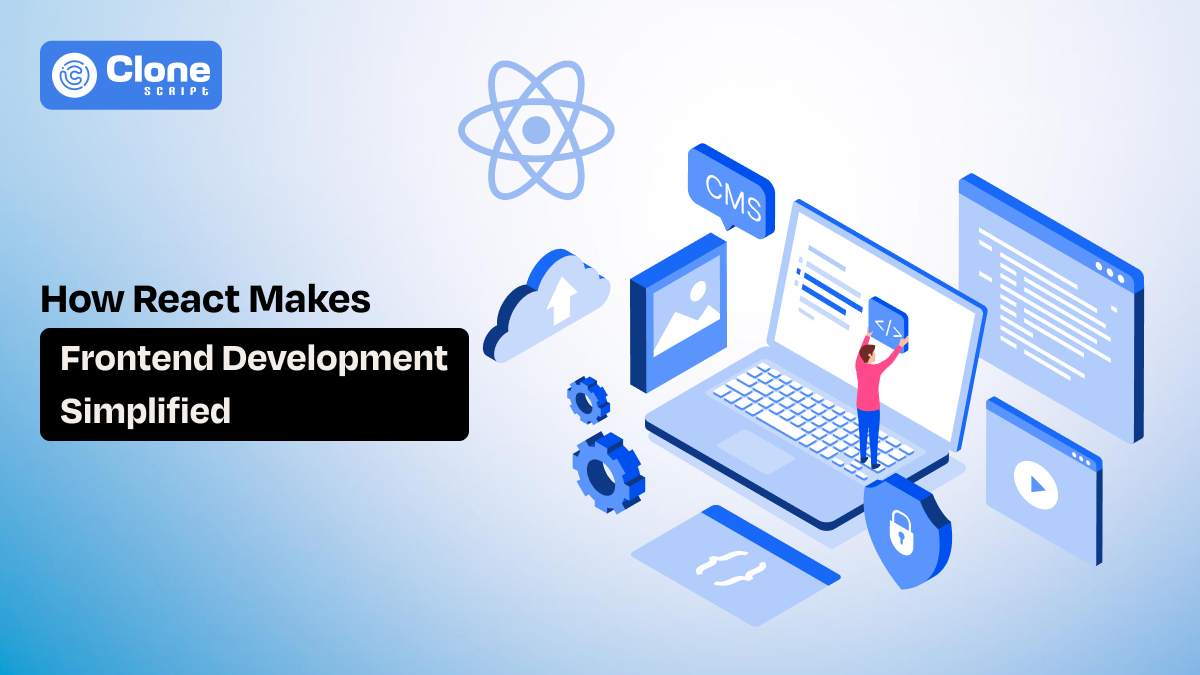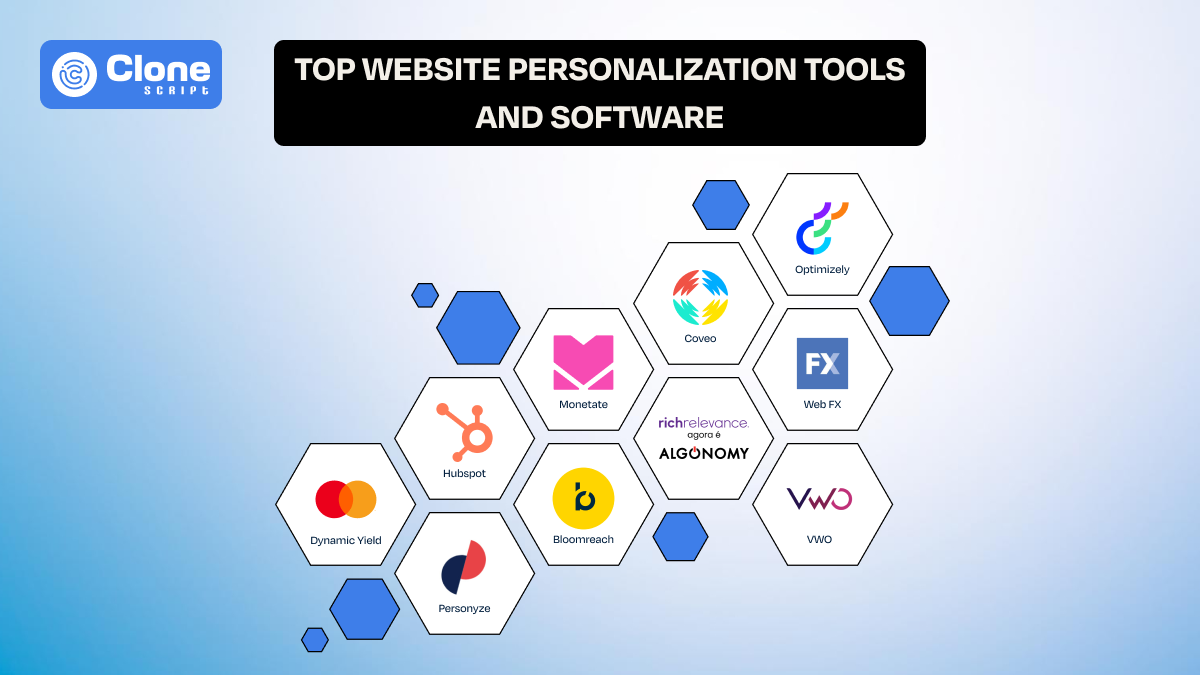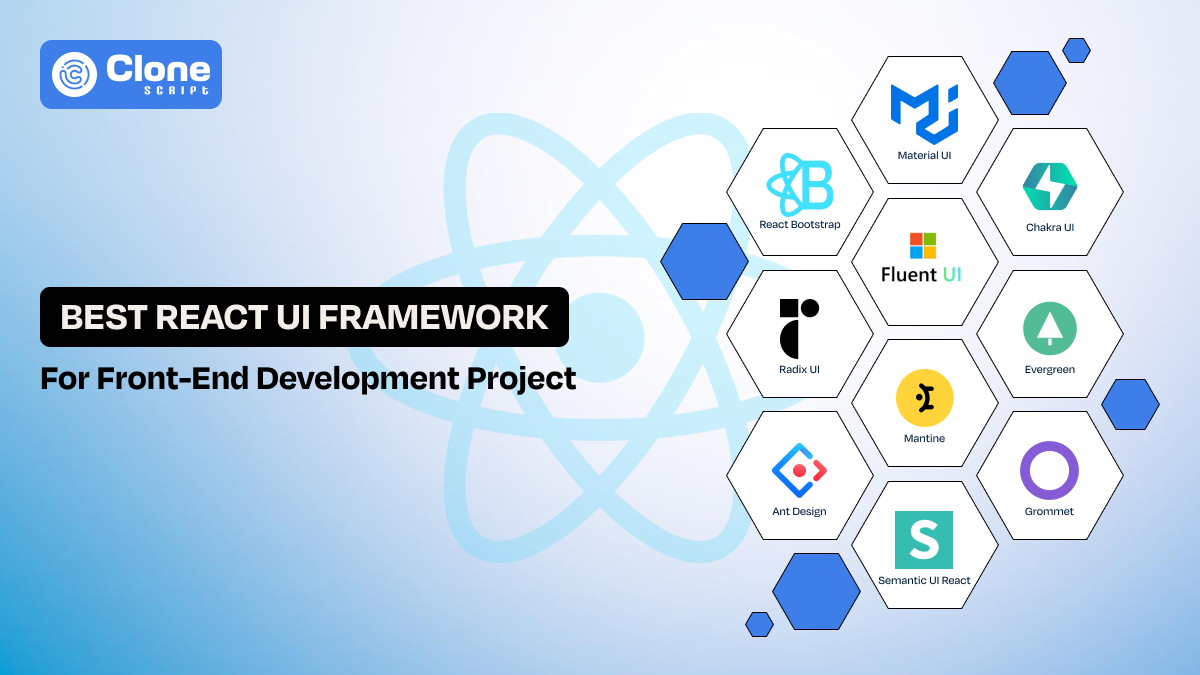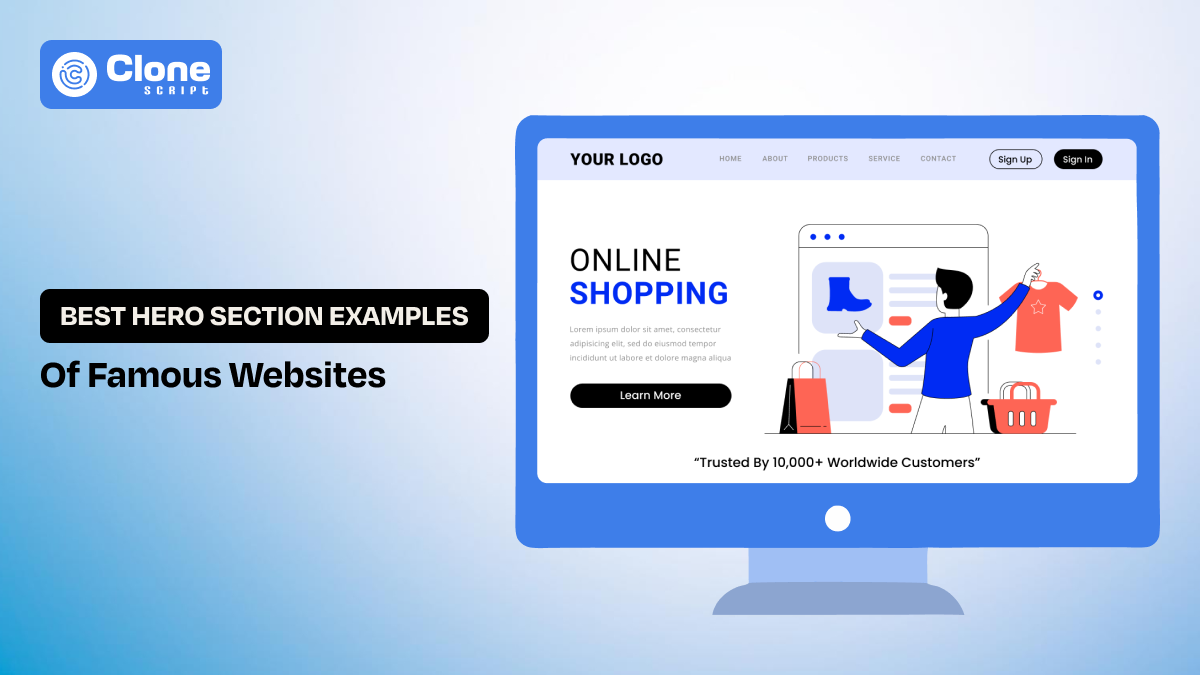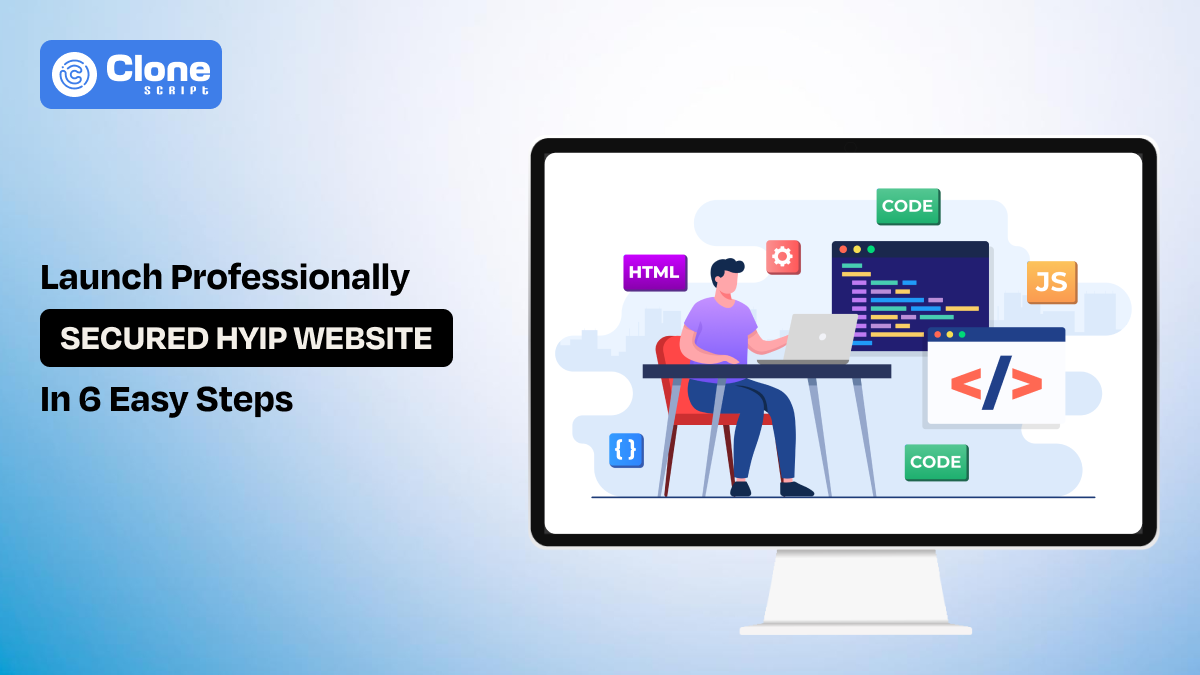How React Simplifies Frontend Web Development in Reality
Working in frontend development has changed over the last decade. Thanks to the modern solutions. Now, there is no need to work with static HTML, CSS, and jQuery to make the best web application.
Today, modern websites demand a more modular, scalable, and efficient approach. At the forefront of this evolution is React, a JavaScript library that has fundamentally transformed the way developers build user interfaces.
It was initially developed by Facebook and open-sourced in 2013. React quickly gained popularity due to its component-based architecture and declarative syntax. Its widespread adoption isn’t just a passing trend.
Do you know which multi-billion-dollar enterprises use this framework?
It’s Netflix, Airbnb, Instagram, and Uber.
React has also cultivated a massive ecosystem of tools, libraries, and React website templates that make user-side development more efficient and accessible than ever before.
We’ll explore how React simplifies frontend development, how it compares to traditional frameworks, and how developers can use templates to build fast, scalable websites with less effort.
What Makes React Ideal for Frontend Development?
This question has been on your mind until you don’t understand the actual use of React in modern web development.
So, React didn’t become the most popular frontend technology by accident. It offers unique advantages that make it ideal:
1. Component-Based Architecture
React’s core feature is its component-driven design. Instead of writing huge chunks of HTML and JavaScript in one file, React allows developers to break the UI into smaller, reusable pieces. This called components.
-
Components are self-contained, meaning each has its own logic, structure, and styling.
-
Developers can reuse components like buttons, modals, and cards across multiple pages.
-
This modular approach significantly improves code maintainability and reduces duplication.
The result is a more organized and scalable frontend codebase, laying the foundation for great product output.
2. Declarative Syntax
The best part of using this JS library is its declarative nature. Developers have to describe what they want in UI to look like, and React handles how it can be done.
-
When the state of your application changes, React efficiently updates only the parts of the UI that need to change. This simplifies the process of managing complex user interactions and dynamic content.
-
You spend less time manipulating the DOM manually and more time focusing on building features.
This pre-defined approach makes your code easier to read, debug, and test.
3. Virtual DOM and Efficient Rendering
Traditional DOM manipulation can be slow and inefficient. React introduces the Virtual DOM, a lightweight copy of the actual DOM.
-
React compares the virtual DOM with the real DOM using a process called diffing.
-
It then updates only the changed parts, resulting in faster rendering and improved performance.
This efficiency is especially valuable for large-scale applications and interactive dashboards. For example, crypto exchange and video streaming platforms require this kind of setup.
4. Strong Ecosystem and Community Support
If you're stuck between setting up your web application, there’s support from the React community that is truly appreciative:
-
Thousands of ready-to-use React components are available on npm.
-
Well-documented UI libraries like Material UI, Ant Design, and Chakra UI offer pre-built design systems.
-
There's a ready-made collection of tutorials, GitHub repositories, and a React template tailored for both beginners and experienced developers.
With such a rich ecosystem, it's easier than ever to build a polished client-side development without starting from the first step.
Let’s understand how React differs from other frontend frameworks.
React vs Traditional Frontend Frameworks
Before the React introduction, developers relied on jQuery, Backbone.js, or plain HTML/CSS/JavaScript to build UIs. While these tools served their purpose, they lacked the scalability and reusability that the latest web applications require.
Here’s the overview between those two:
|
Feature |
Traditional Frontend (jQuery, Vanilla JS) |
React Frontend |
|
Code Reusability |
Low – repeated logic and DOM code |
High – reusable components |
|
UI Update Handling |
Manual DOM manipulation |
Automated via Virtual DOM |
|
State Management |
Scattered or non-existent |
Centralized with hooks, Context API, or Redux |
|
Learning Curve |
Easier at first, harder to scale |
Moderate, scalable in the long run |
|
Performance on Large Apps |
Slows down due to direct DOM updates |
High performance via diffing algorithm |
|
Developer Productivity |
Slower due to boilerplate and repetition |
Faster with reusable React components and tools |
React offers long-term benefits, especially as applications grow more complex. Its balance between flexibility and structure makes it an ideal choice for both startups and enterprises.
Now it’s a moment to explore how this modern solution reduces your work to create an application.
How React Templates Help You Build Faster?
One of the biggest advantages of using React is the availability of ready-to-use React templates. These templates are pre-built projects that include:
-
A complete project structure.
-
Pre-designed UI components.
-
Navigation systems.
-
Authentication flows.
-
Integration with popular libraries.
Here’s how website templates can accelerate your development:
1. Jumpstart Projects in Minutes
With a React template, developers can skip the boilerplate and go straight to building features. Many templates come with routing, layout, and authentication systems already in place. Instead of spending hours configuring the environment, you start productive work immediately.
2. Use Best Practices by Default
Well-crafted templates are designed by experienced developers and follow modern best practices. This includes:
-
Clean code structure.
-
Modular architecture.
-
Performance optimizations.
-
Accessibility features.
By starting with a high-quality React website template, you learn industry standards while reducing technical debt.
3. Design Consistency
In templates, you can find consistency in design. It means the professional look is maintained and required for winning a user’s trust.
Whether you're building a dashboard or an e-commerce platform, React dashboard templates with auth offer a unified look and feel that aligns with design systems.
4. Reduce Development Costs
A web development cost range starts from a few hundred dollars to thousands. As a startup investing almost 60% funds in it, like hitting the warning bell.
Using templates for frontend development reduces the time (and money) spent on design and setup. There’s no need to check whether the UX flow is correct or the coding best practices are followed or not. Everything is already tested and ready for use.
You have a question about who this solution can be useful for.
Who Should Use React Website Templates?
React templates aren’t just for beginners. Here’s a breakdown of who benefits most from using them:
1. Freelancers and Indie Developers
Are you working with tight deadlines and limited resources? Templates provide a fast track to delivering production-ready websites.
-
Cut development time in half.
-
Focus on client features instead of setup.
-
Deliver polished projects with minimal design work.
2. Startups and Founders
When launching an MVP (Minimum Viable Product), speed is everything.
-
Use React site templates to get your product in front of users faster.
-
Validate your idea before investing in custom design or backend systems.
-
Leverage built-in React components for fast development.
3. Web Development Agencies and Teams
Agencies have multiple projects to manage and have a commitment to accomplish them. Using templates ensures a consistent starting point and improves team collaboration.
-
Shared codebase across team members.
-
Faster onboarding of new developers.
-
Built-in responsive design and accessibility.
4. Beginners and Students
For those new to React, templates offer a practical way to learn:
-
Explore how real-world projects are structured.
-
Understand routing, component structure, and state management.
-
Use beginner-friendly React templates with clear documentation.
Confused about where to find a React template for development that is scalable, cost-friendly, and efficient?
Let’s find out.
Why Our React Website Templates Are Built for Speed?
Many so-called "React templates" on the internet are outdated or poorly documented. That’s why we focus on building React website templates for developers who value speed, flexibility, and long-term maintainability. At All Clone Script, we ensure the following:
1. Optimized for Performance
The templates are built using:
-
Lazy loading techniques for better performance.
-
Optimized bundling with Webpack or Vite.
-
Tree-shakable components to reduce bundle size.
-
Code-splitting for faster page loads.
This makes the website run fast, even on mobile connections.
2. Developer-Friendly Structure
Every template we offer is structured in a clean, understandable way:
-
Modular file systems for easy navigation.
-
Reusable React components for rapid development.
-
Built-in support for environment variables, API integration, and authentication.
Whether you’re building a blog, SaaS app, or admin dashboard, you’ll find customization in website templates.
3. Scalable for Enterprise Projects
If you’re looking to build the next Netflix or Binance application, our templates are ready to handle it. Because we add the features for optimization:
-
Role-based access controls (RBAC).
-
Integration with Redux or Zustand.
-
Advanced routing with React Router or Next.js.
These make it our best React templates for frontend development, suitable for complex business applications.
How to Get Started With a React Template in Minutes
Getting started with a React template website doesn’t have to be complicated. Here's how to launch your project in under 10 minutes:
Step 1: Choose the Right Template
Pick a template that matches your project’s needs:
-
Landing Page Templates for product marketing.
-
React Dashboard Template with Auth for internal tools.
-
E-commerce Templates with cart and payment integrations.
-
Crypto website templates in React to launch the next viral token in the Web3 ecosystem with complete layouts.
Make sure the template is responsive, well-documented, and updated regularly.
Step 2: Install Dependencies
After downloading or cloning the template, write the syntax:
This installs all required packages, including UI libraries, state management tools, and routing systems.
Step 3: Start the Development Server
Run the following command to start your local development environment:
Your site will be available at http://localhost:3000 (or similar).
Step 4: Customize Your App
Once the development server has started, then now back to the basics.
-
Update the finalized logo as per the client's requirement
-
Add a color palette content matches the entire platform. Maintain consistency and weightage to 2-3 primary and secondary colors.
-
Change the content in landing pages to sections when necessary.
-
Route management to handle the requests.
In short, modify or extend the React components as needed.
Step 5: Deploy Your Site
After completing the setup and testing, it’s time to deploy the website using platforms like:
-
Vercel: Vercel offers seamless deployment for React websites with zero configuration. It supports automatic Git integration, preview URLs, and global CDN by default.
-
Netlify: Netlify provides fast and secure deployment with drag-and-drop simplicity or Git-based CI/CD. It also includes features like form handling, serverless functions, and custom domains.
-
GitHub Pages: GitHub Pages allows you to deploy static React apps directly from your repository. It’s ideal for hosting personal projects and portfolios with free HTTPS support.
-
Firebase Hosting: Firebase Hosting is a reliable choice for deploying dynamic and static React sites. It offers fast global delivery, custom domain setup, and tight integration with other Firebase services.
These services support React websites out of the box and offer continuous deployment pipelines.
Conclusion
React continues to lead the modern web development, and for good reason. Its component-based architecture, virtual DOM, and vibrant ecosystem make it a go-to solution for building scalable, high-performance user interfaces.
When combined with high-quality React website templates, developers can work efficiently. React simplifies frontend development in a way that few technologies can match.
If you're ready to build smarter and faster, it’s time to explore the power of ready-to-use React templates tailored for real-world needs.
Start your next project with our best templates and see the difference yourself.
 BTC - Bitcoin
BTC - Bitcoin
 USDTERC20 - USDT ERC20
USDTERC20 - USDT ERC20
 ETH - Ethereum
ETH - Ethereum
 BNB - Binance
BNB - Binance
 BCH - Bitcoin Cash
BCH - Bitcoin Cash
 DOGE - Dogecoin
DOGE - Dogecoin
 TRX - TRON
TRX - TRON
 USDTTRC20 - USD TRC20
USDTTRC20 - USD TRC20
 LTC - LiteCoin
LTC - LiteCoin

